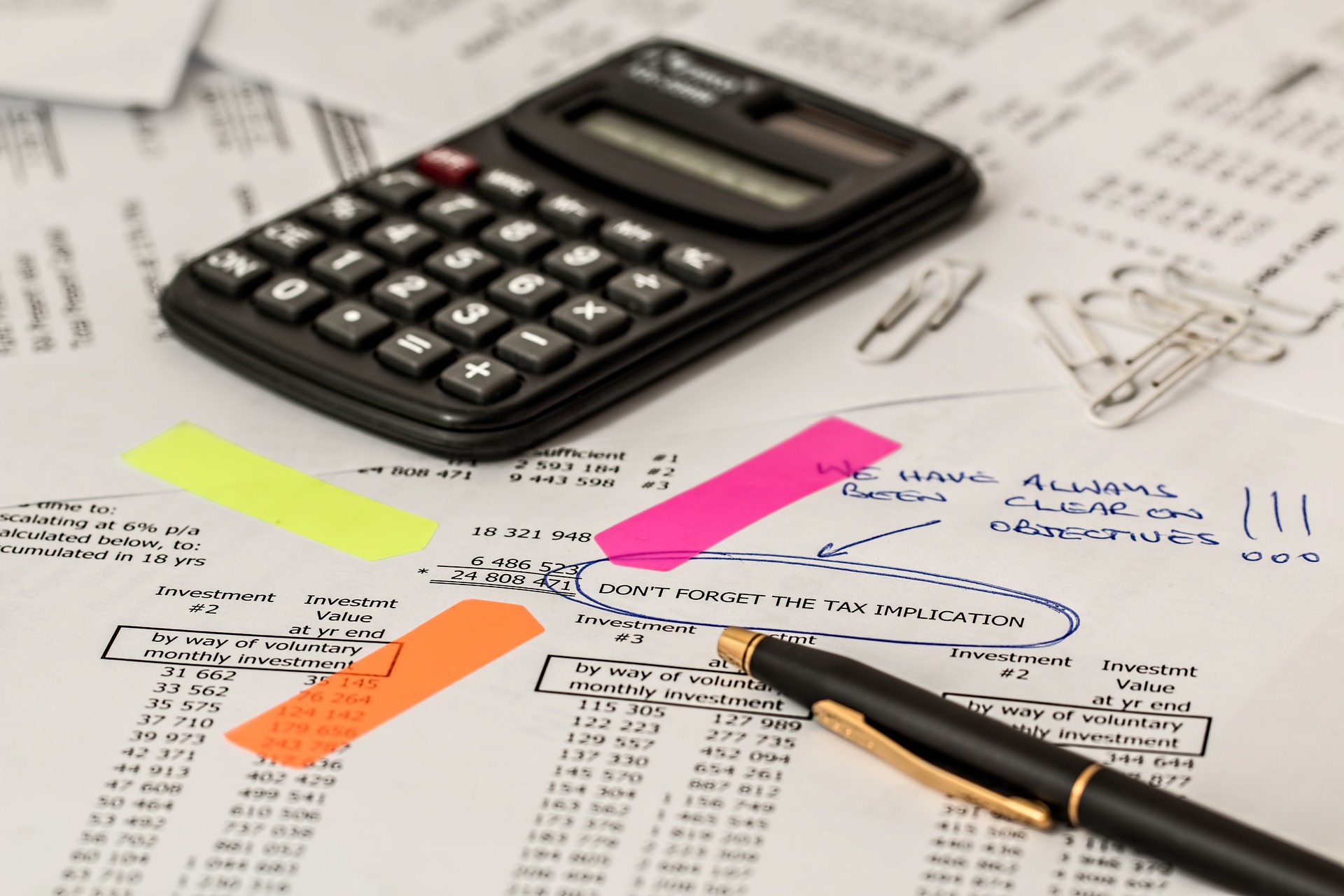Published in September 6, 2024
The Financial Impact of Creating a Healthier, Eco-Friendly Home

As more Australians seek ways to live sustainably and reduce their environmental footprint, the concept of an eco-friendly home is gaining traction. Beyond the environmental benefits, making your home greener can have a significant financial impact, reducing utility costs and increasing property value over time.
From installing energy-efficient air conditioning systems to incorporating indoor plants, creating a healthier, more eco-friendly home can pay off both in terms of comfort and financial well-being. Here’s how you can make your home greener while reaping the financial rewards.
1. Energy-Efficient Air Conditioning: Saving on Utility Bills
Cooling and heating homes account for a large portion of household energy consumption. With temperatures varying greatly across the country, air conditioning is essential for many homes. However, traditional systems can be inefficient, leading to higher energy bills and a larger carbon footprint.
By upgrading to an energy-efficient air conditioning system, such as those offered by Alliance Climate Control, you can drastically cut down your electricity usage. Modern systems are designed to cool your home with minimal energy waste. Opting for air conditioning units with high Energy Star ratings ensures that your system uses less power to achieve the same cooling effect.
If you need a loan to finance the purchase of a good air conditioning or heating system, here is how to pick the right type.
Financial Benefits:
- Reduced Electricity Bills: Energy-efficient air conditioning systems can lower your energy consumption by up to 50%. This translates to hundreds of dollars saved each year on utility bills.
- Government Rebates: In Australia, many states offer rebates and incentives for homeowners who install energy-efficient systems. By taking advantage of these programs, you can reduce the upfront cost of installation.
- Increased Property Value: Energy-efficient homes are more attractive to buyers, making them easier to sell and potentially increasing your property’s market value. Sustainable homes are seen as future-proof and more desirable in a competitive real estate market.
Cost-Effective Tips:
- Smart Thermostats: Installing a smart thermostat allows you to automate your home’s cooling and heating, saving energy when it’s not needed. These devices can reduce energy consumption by 10-15%.
- Maintenance: Regular maintenance of your air conditioning unit ensures it runs efficiently, prolongs its life, and avoids costly repairs.
2. Indoor Plants: Enhancing Well-Being and Air Quality
Incorporating indoor plants into your home not only improves aesthetics but also enhances air quality and mental well-being. According to research, plants can remove toxins from the air, regulate humidity, and reduce stress—creating a healthier living environment. In Australia, where indoor air quality can suffer due to bushfire smoke or high urban pollution, indoor plants serve as a natural air purifier.
HSIDE’s research shows that greenery in homes and offices can have measurable health benefits. Additionally, improving air quality reduces the risk of respiratory conditions, potentially lowering healthcare costs.
Financial Benefits:
- Lower Health Costs: Healthier indoor air quality means fewer respiratory issues, translating to lower medical expenses. Cleaner air can also improve sleep quality, productivity, and overall well-being.
- Improved Productivity: For Australians who work from home, indoor plants can boost focus and reduce stress, which can positively impact professional performance and financial success.
- Reduced Air Conditioning Load: Plants can help moderate the temperature in a home by providing shade and regulating humidity. This could indirectly lower your need for excessive air conditioning use.
Cost-Effective Tips:
- Low-Maintenance Plants: Opt for low-cost, easy-to-maintain plants like snake plants, peace lilies, or ferns. These are affordable, require minimal water, and are excellent for air purification.
- Plant Swaps: Participate in plant exchanges or swap events, which can help you expand your collection without spending extra money.
3. Budgeting for Eco-Friendly Upgrades
While upgrading to a more energy-efficient home may seem like a significant upfront cost, it’s essential to consider it as an investment with long-term savings. Fortunately, with a few financial strategies, these changes can be made more affordable.
Start with Small Changes
Not all improvements need to be done at once. Start with small, cost-effective updates like installing LED lighting, sealing gaps and windows, and introducing indoor plants to your space. These simple changes require minimal upfront investment and will immediately contribute to energy savings.
Use Government Incentives
Australia offers several rebate programs and incentives for homeowners who upgrade to energy-efficient appliances. For instance, states like Victoria and New South Wales provide financial incentives for those who install solar panels, efficient air conditioning systems, or other eco-friendly upgrades. Be sure to research available programs in your region to reduce your overall costs.
Consider Green Financing Options
Many Australian banks and financial institutions now offer green home loans or eco-loans, which come with lower interest rates for homeowners making energy-efficient upgrades. This can help reduce the financial burden of larger improvements like installing a new air conditioning system or adding solar panels. Check with your bank or mortgage provider for special rates or programs related to sustainable home improvements.
Plan for Long-Term Savings
Think of these upgrades as investments that will pay for themselves over time. Energy-efficient systems will continue to reduce your utility bills for years to come, while the benefits of indoor plants will last indefinitely. Moreover, should you decide to sell your property, the increased value from these eco-friendly improvements can result in a higher selling price.
4. The Financial Payoff of a Sustainable Home
Creating an eco-friendly home is not just good for the environment—it makes financial sense too. Energy-efficient air conditioning systems can drastically reduce your energy bills, while indoor plants can contribute to a healthier, more productive lifestyle. By making small, incremental improvements and taking advantage of government rebates and incentives, Australian homeowners can create comfortable, eco-friendly spaces without breaking the bank.
The long-term benefits are clear: lower energy costs, improved health, and a property that’s more valuable and easier to sell. Whether you start by installing an efficient air conditioning system or adding a few plants to your living space, each step you take toward a greener home contributes to both your financial well-being and the planet’s future.
By following these cost-effective strategies and smart investments, you’ll not only improve your home’s environmental footprint but also your financial outlook. Eco-friendly homes are the future, and with Australia’s abundant sunlight and incentives for sustainable living, the potential savings are within reach for every homeowner.
While we at Tippla will always do our best to provide you with the information you need to financially thrive, it’s important to note that we’re not debt counsellors, nor do we provide financial advice. Be sure to speak to your financial services professional before making any decisions.
Subscribe to our newsletter
Stay up to date with Tippla's financial blog



